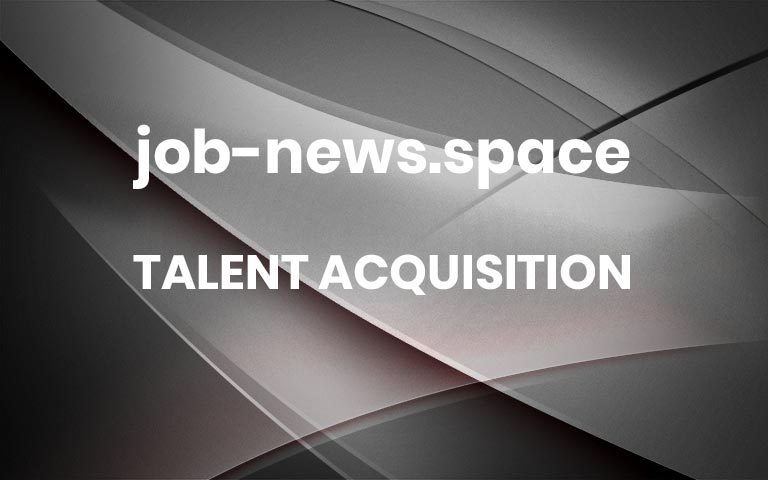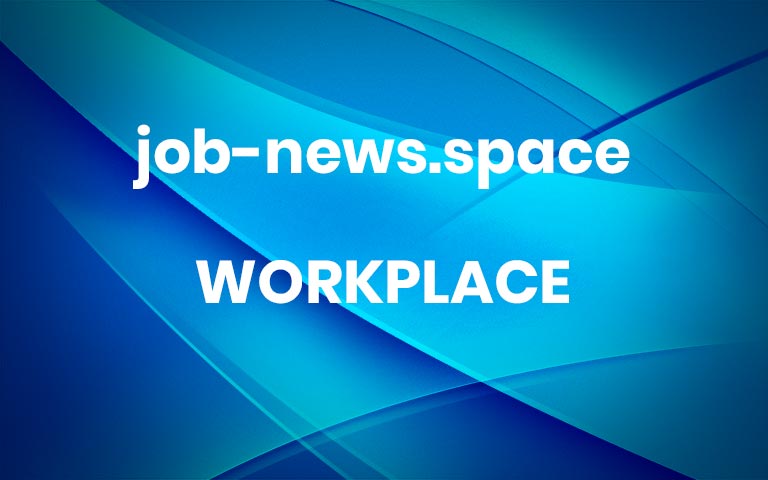How Jobseekers Can Combat Pregnancy Discrimination in the Hiring Process
Moms are a major part of the workforce at about one-third of employed women. It’s reasonable to assume many women will go through the application and hiring process while pregnant. Although family planning can add some complexities, it should not dictate the job search.
One concern of expectant mothers is bias against that from hiring managers, even if they’re the most qualified candidate. You may think “Who wants to hire someone that’s going to need 3-4 months off within the first year of their employment?” This is a legitimate concern. It might be difficult to imagine a company willing to do this. But the truth is, there are — and you are capable of approaching this process.
To hear from women who have dealt with this firsthand, we asked the SheCanCode community about disclosing pregnancy during the job search. SheCanCode is a global community on a mission to close the tech gender gap. Most expressed concern based on personal experiences. One member said, “I would not feel comfortable disclosing a pregnancy to a potential employer. I am currently in the job market and also undergoing IVF. I feel that disclosing this to a potential employer would immediately jeopardize a potential offer. If a job was offered, I would be fearful of being within the probationary period and that I wouldn’t be entitled to full maternity cover, should I lose my role within the probationary period.”
While this is a common worry, pregnancy discrimination is illegal. If you’re trying to conceive or are pregnant while seeking employment, it’s essential to know your rights and look for the following signs of discrimination. Use this guide to empower you on your career journey.
Understand the Protections for Pregnant Women
The Civil Rights Act of 1964 prohibits discrimination based on race, color, religion, sex, and national origin. Over the years, two additional amendments strengthened the legislation.
First, in 1978, the Pregnancy Discrimination Act (PDA) amendment required employers to treat pregnancy using the same rules applied to other short-term disability cases.
Then, in 1993, with the passage of the Family and Medical Leave Act (FMLA), new parents became eligible for 12 weeks of unpaid leave to care for a new child. To qualify, an employee had to work for the employer for 12 months. This rule applies to businesses with 50 employees or more.
The Equal Employment Opportunity Commission enforces these laws. Most states have additional rules to combat pregnancy discrimination in hiring and the workplace.
Recognizing Pregnancy Discrimination
The PDA not only protects pregnant women, but recent mothers as well. It also covers discrimination based on medical conditions caused by pregnancy or childbirth.
It’s important you know what discrimination may look like during the application, hiring, and onboarding stage of a new job. A nerve-wracking aspect of job searching might be telling your new employer that you’re pregnant once hired (another phase when discrimination can occur).
To further your understanding, here are a few examples of pregnancy discrimination:
Refusing to hire pregnant applicants
If a candidate can perform their job, an employer cannot refuse to hire a woman because of pregnancy. It’s also against the law to ask a candidate about her childbearing plans. So do not feel like you need to answer any questions related to family planning during the recruitment process. However, employers may ask when and how often a candidate is available to work.
Failing to modify duties
Pregnancy is not a disability. But according to the law, employers must apply the same rules to pregnant workers as employees who are temporarily disabled. A pregnant employee may need to modify her job, for example, sitting rather than standing. Employers must make the same accommodations they would for any other employee with a short-term disability. So don’t worry if an aspect of the job may become difficult later in your pregnancy.
Withholding maternity leave
If a company allows an injured employee to take disability leave or unpaid leave, it must do the same for a pregnant employee. After a pregnancy-related absence, employers must hold open a job for the same amount of time they are held open for employees on disability leave. In other words, you can’t be fired after coming back from your maternity leave (without other due cause).
Offering inadequate health coverage
Making sure you have the right health insurance when starting a new job while pregnant can be stressful. While you don’t want to disclose that you’re pregnant, you also want to ensure you have adequate coverage.
Employers must provide health insurance coverage for pregnancy-related conditions in the same manner as other medical expenses. The Affordable Care Act, passed in 2010, prohibits insurers from declining to cover pregnancy as a pre-existing condition.
Regardless of your policy, it’s crucial to do your research. As HealthMarkets explains, “Maternity care is an essential health benefit, and all qualified health plans must cover it, even if you are pregnant before your coverage takes effect.” They recommend checking the Summary of Benefits and Coverage Page which will detail costs of pregnancy both before and after birth. While in the offer phase of a job, ask to view documentation for a company’s health plans and ask if they have any type of waiting period before coverage takes effect.
Firing you for being pregnant
The PDA prohibits discrimination based on pregnancy for any aspect of employment, including termination. So a company cannot fire you based on the fact you’re pregnant. There must be some other valid reason.
FAQs About Job Hunting While Pregnant
Don’t let some of the challenges the job search might pose discourage you. Here are frequently asked questions about launching a successful job hunt while pregnant.
Do I have to tell potential employers I’m pregnant?
There is no legal obligation to tell potential employers you’re pregnant. Moreover, candidates in their first trimester generally keep this information to themselves.
Okay, I know I don’t have to disclose, but should I?
It depends. If it’s early in the pregnancy and you’re not showing, you could wait until you’re a final candidate or receive an offer. If you’re in your second or third trimester and visibly pregnant, it might be obvious when you come in for an interview. Just remember that you’re under no obligation to discuss this during the interview process.
How should I facilitate a conversation with my potential employer, should I choose to disclose?
When the time is right, it helps to have a plan to disclose your pregnancy with an employer. If you disclose while interviewing, mention that you’ll manage your projects, so your leave will cause minimal impact. Emphasize your commitment to the job and that you intend to return after the maternity leave.
To address any concern about work, reassure management you love your job and look forward to picking up right where you left off upon returning.
Moreover, don’t stress out too much. Remember, companies want to hire you for the long haul, and make an investment in your future with their organization. A supportive employer with the right mindset won’t see a few months leave as an insurmountable issue. If you frame your pregnancy as exciting news (you’re expecting!), a good employer will more than likely be happy to hear about this new chapter in your life.
Can I take maternity leave immediately after starting a job?
This depends on your employment situation. Under the FMLA, you’re not eligible for leave until 12 months of employment. However, many companies have individual maternity policies, so speak to the HR team to understand those.
Additionally, employers must treat pregnancy like any other disability. So if other employees are allowed to return after a short-term disability, you would be as well. You’re entitled to the time off your doctor advises for recovery. (Typically 6-8 weeks depending on your birth.)
How can I assess how supportive a company is of working parents?
For parents, the definition of a good job includes a family-friendly culture. Here are a few clues that indicate a company with a good work-life balance.
Look for family-friendly words: If the company description or job post mentions words like “family-friendly,” “work-life balance,” or “flexibility,” that’s a good sign.
Check the benefits: See if the ad mentions childcare, comprehensive insurance coverage, help with adoption, or other family-related benefits.
Note the responsibilities: Pay attention to the percent of travel required and if long hours or weekend work is mentioned.
Be observant in interviews: Ask questions about a typical workday. Do they have flexible work schedules that include remote work? You can also ask about the work culture and current employees to get a sense if other parents enjoy working there.
Last year, theSkimm’s #ShowUsYourLeave campaign launch sparked a flood of opinions and personal stories around parental leave, garnering 1,000 hashtag followers on LinkedIn. Progressive companies took this opportunity to showcase their generous policies (see Hired’s here). The campaign’s success proved leave as a point of interest, validating it as demand from jobseekers and an opportunity for companies to support employees and attract talent.
Related: Check out employers like theSkimm on Hired’s 2022 List of Top Employers Winning Tech Talent
Overcoming Pregnancy Discrimination While Job Hunting
Even though it’s illegal, pregnancy discrimination is, unfortunately, still prevalent. According to survey data, 20% of moms report they have experienced pregnancy discrimination at work.
Conducting a job search while pregnant might not be ideal timing, but many women have successfully done so. Try to start early in your pregnancy, when possible. Become informed on your rights so you can confidently navigate the job search. Look for a family-friendly company. Most importantly, don’t worry! Not only is stress bad for an expectant mother, but the law protects you and you should be treated with respect and courtesy throughout this process.
Happy job hunting and family planning!
Continue reading our Ally Series: More



